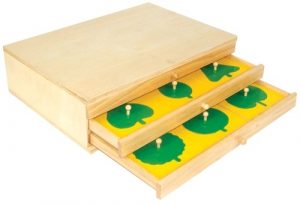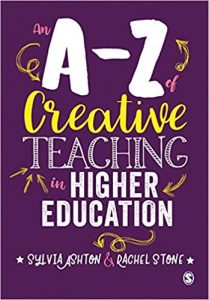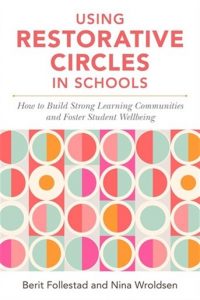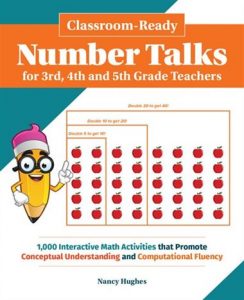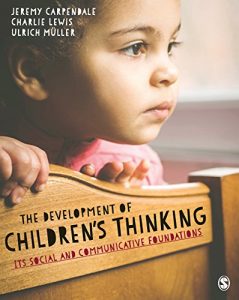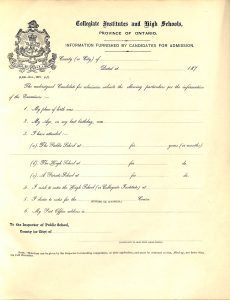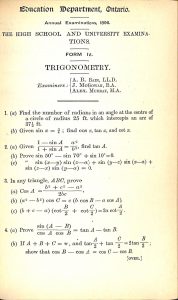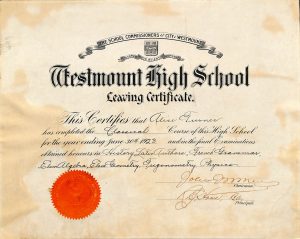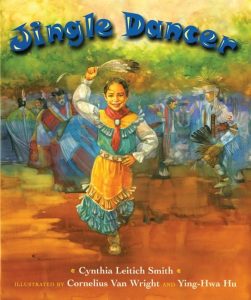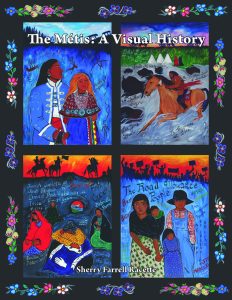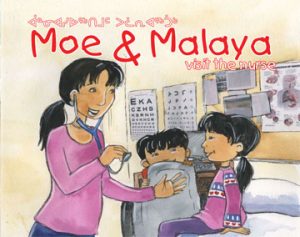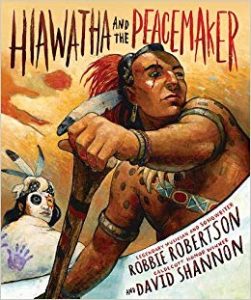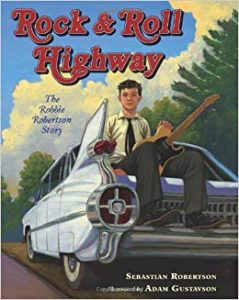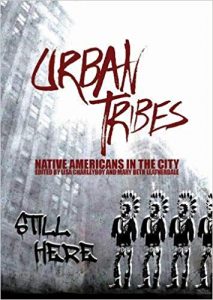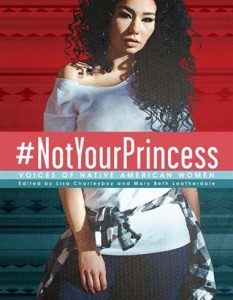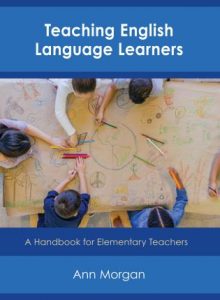 Teaching English Language Learners: A Handbook for Elementary Teachers by Ann Morgan
Teaching English Language Learners: A Handbook for Elementary Teachers by Ann Morgan
Teaching English Language Learners is a handbook for elementary school staff who work with English Language Learners but who might not have specialized training. This book is a handy tool for reference that describes all the stages of learning English and how home language and culture affect English Language Leaners in school. Morgan provides a thorough guide English Language levels, adjustment behaviours, family interactions and expectations, non-academic areas of need, and how to discern whether students learning difficulties are language-based. Morgan also offers practical strategies for teaching writing and describes activities for both large and small learning groups. This book is an excellent resource for classroom teachers, para-educators, volunteers, teachers in training, specialists, and other adults working with elementary English Language Learners.
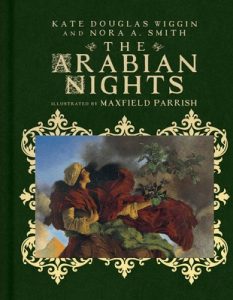 The Arabian Nights: Their Best-Known Tales by Kate Douglas Wiggin and Nora A. Smith, Illustrated by Maxfield Parrish
The Arabian Nights: Their Best-Known Tales by Kate Douglas Wiggin and Nora A. Smith, Illustrated by Maxfield Parrish
Douglas Wiggin and Smith offer a fresh new selection from the famous Tales of a Thousand and One Nights. In their own words, there must always be favourites from among the two hundred and sixty-four bewildering and unparalleled stories. They have chosen ten tales of which they consider the most delightful. These ten tales have been beautifully illustrated to further capture the mystery and enchantment of these Arabian nights. Douglas Wiggin and Smith, like other editors, have shortened the stories here and there to omit tedious repetitions, but have “removed no genies nor magicians, however terrible; have cut out no base deed of Vizier nor noble deed of Sultan; have diminished the size of no roc’s egg, nor omitted any allusion to the great and only Haroun-al-Raschid, Caliph of Bagdad, Commander of the Faithful, who must have been a great inspirer of good stories.” The Arabian Nights offers readers insight into the realm of the impossible and ensnare both old and new readers.
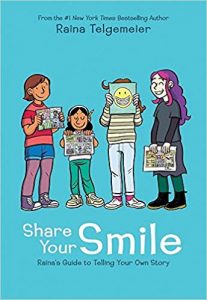 Share Your Smile: Raina’s Guide to Telling Your Own Story by Raina Telgemeier
Share Your Smile: Raina’s Guide to Telling Your Own Story by Raina Telgemeier
Graphic novelist Raina Telgemeier offers tips, tricks, and inspirational kick-starters for putting your own story down on paper. Telgemeier wrote Smile and Sisters, which are both graphic memoirs and based on true stories from her life, friends, family, and her experiences growing up in San Francisco. Each of her books are different but are influenced by some aspect of her real-life experiences. Share Your Smile explores the behind the scenes process of creating those graphic novels, as well as offering insight into how you too can create your own personal graphic novel. With pictures, drawings, and quirky writing, Telgemeier provides an easy and fun guide for you to share your smile with the world.
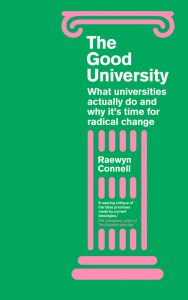 The Good University: What Universities Actually Do and Why It’s Time for Radical Change by Raewyn Connell
The Good University: What Universities Actually Do and Why It’s Time for Radical Change by Raewyn Connell
While universities may be booming, with over 200 million students enrolled in universities and colleges, Connell explores why these institutions have never been unhappier places to work. Cost-cutting governments and strikes by disgruntled workforces have taken their toll in almost every country around the world. But what is a ‘good university’ and what should it look like? Connell challenges readers to rethink the fundamentals of what universities do. Connell outlines practical visions for how universities can become more engaging spaces and more productive places. Connell draws on examples offered by pioneering university and educational reformers around the world.
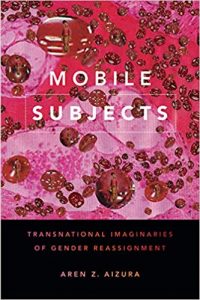 Mobile Subjects: Transitional Imaginaries of Gender Reassignment by Aren Z. Aizura
Mobile Subjects: Transitional Imaginaries of Gender Reassignment by Aren Z. Aizura
Mobile Subjects examines transgender narratives within global health and tourism economies from 1952 to the present. In 1952 Christine Jorgensen, the first famous transgender person in the United States, travelled to Denmark for reassignment surgery. Aizura draws on archives of trans memoirs and documentaries, as well as ethnographic fieldwork. Aizura positions transgender travel as a form of biomedical tourism and shows how understandings of travel and mobility depend on the historical architectures of colonialism and contemporary patterns of global consumption and labour.

